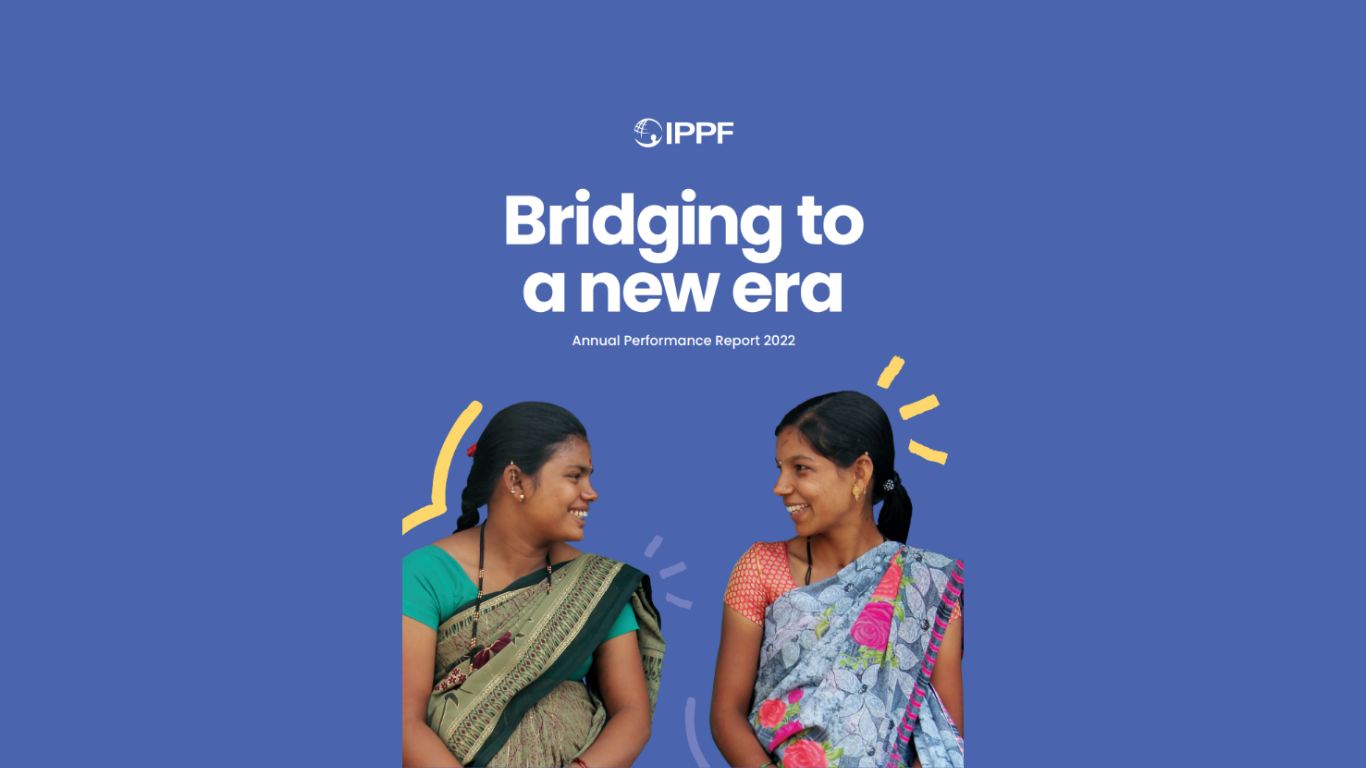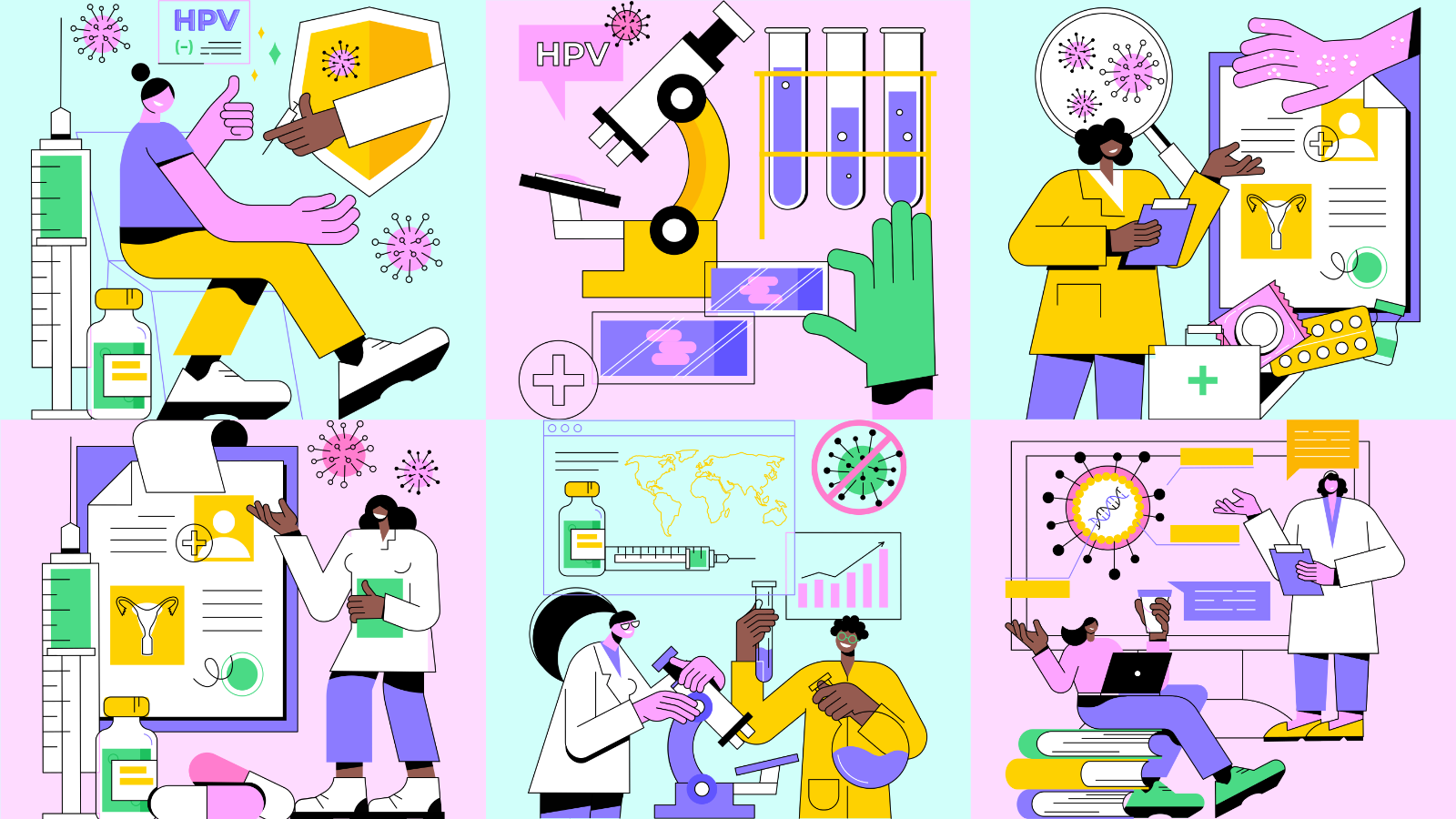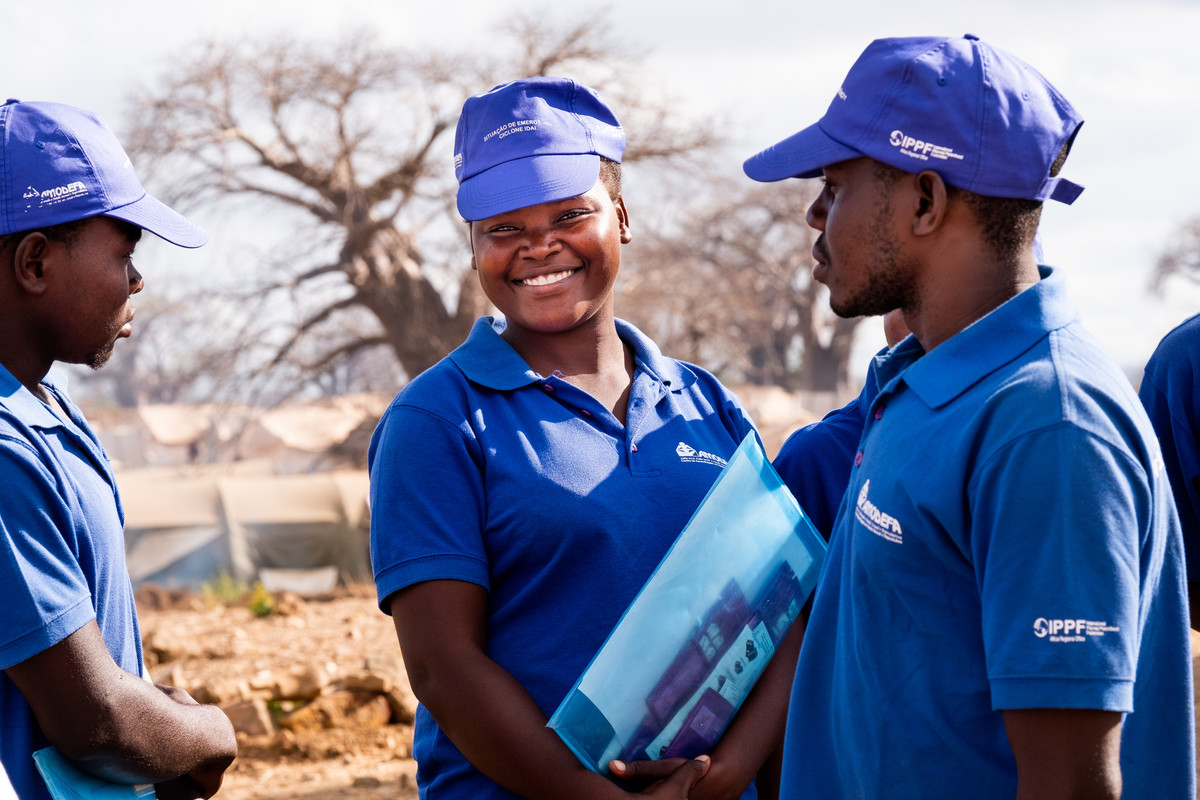Spotlight
A selection of resources from across the Federation
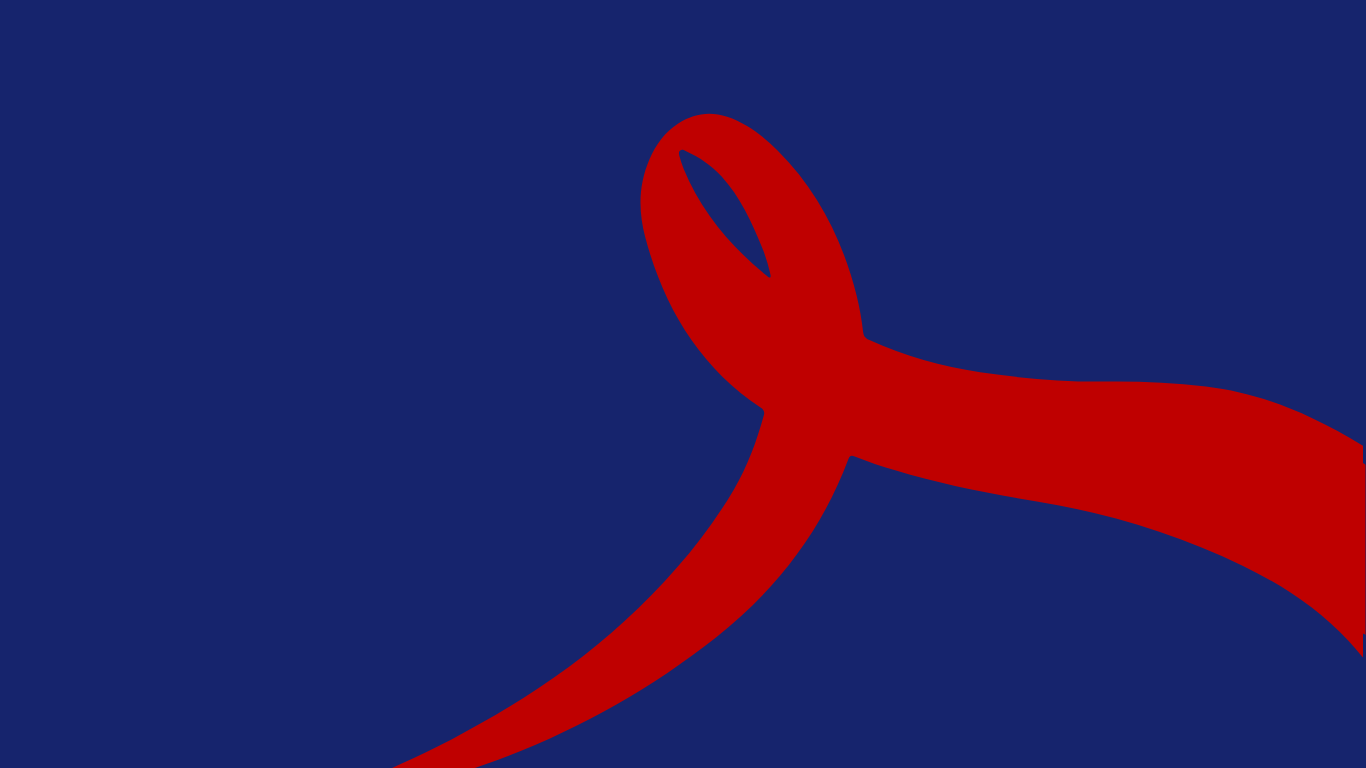
HIV Theory of Change
Our HIV Theory of Change is to clarify the goals and vision of IPPF’s HIV programme and to articulate the different pathways and strategies IPPF uses to contribute towards its HIV goals and vision.
Filter our resources by:
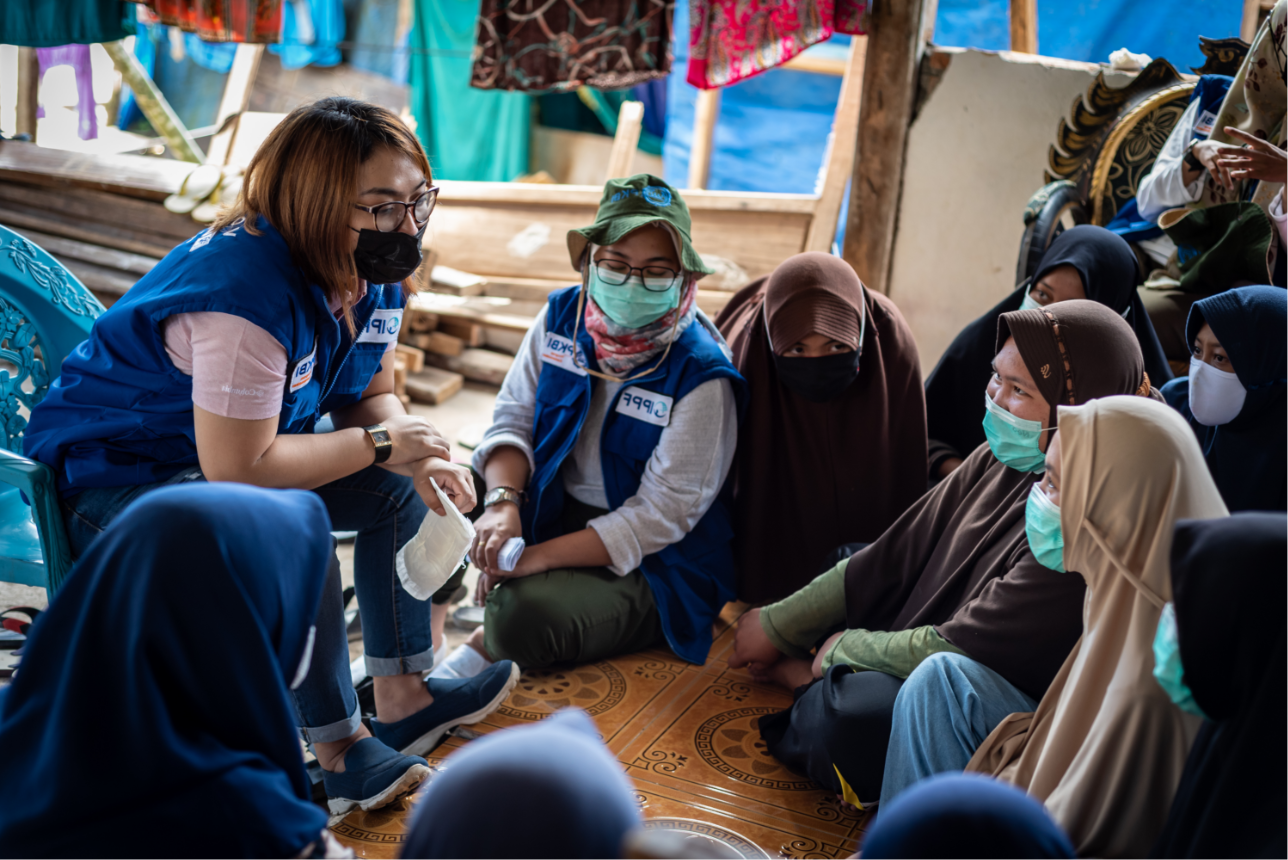
| 22 June 2016
At a Glance 2015
Key facts and figures highlighting IPPF's achievements in 2015.
| 06 June 2016
Annual Performance Report 2015
When IPPF refocused efforts with the three Changes Goals – Unite, Deliver and Perform – an ambitious commitment was made to double the number of sexual and reproductive health services provided between 2010 and 2015. We are proud to announce that 175.3 million services were provided in 2015, only 1 per cent below the goal of 176.4 million. This is a remarkable achievement and a result of Member Associations’ unwavering efforts and commitment. More than eight in ten clients who received services from IPPF were poor and vulnerable, while 44 per cent of our services went to young people. In 2015, Member Associations and collaborative partners in 48 countries contributed to 82 legal and policy changes that support or defend sexual and reproductive health and rights. At the regional and global levels, IPPF’s advocacy contributed to 22 policy changes. The highlight of our advocacy achievements was the inclusion of gender equality and women’s empowerment, sexual and reproductive health, and reproductive rights in the 2030 Agenda for Sustainable Development. IPPF continued to invest in learning, business processes and information management systems to drive performance and value for money. We are increasingly using data to guide decision making and to ensure accountability to our clients, donors and partners.

| 24 May 2016
How to educate about abortion: A guide for peer educators, teachers and trainers
How to educate about abortion: A guide for peer educators, teachers and trainers, has been developed for trainers and educators who want to deliver workshops or training on abortion to young people, especially those training young peer educators. The guide includes key terms, instructions for facilitators as well as specific activities that educators can use. We also published a summary of this publication:

| 23 May 2016
Everyone’s right to know: delivering comprehensive sexuality education for all young people
This report is intended to inform advocates and decision makers about how to support the sexual reproductive rights of young people around the world. It argues that comprehensive sexuality education is critical for young people to realize their rights.
| 04 February 2016
Young at Heart
The world is home to the largest generation of young people in history. They are diverse, they have opportunities, but they also face immense obstacles in their lives. Young people and adolescents need to be able to make informed decisions and have access to sexual and reproductive health education, information and services. IPPF’s journey of youth services and participation is illustrated by the timeline of events on this page. Our approach has changed radically, from ‘not turning young people away’ to providing high quality, standardized youth-friendly programmes. Our performance of the past decade tells a powerful story of this increasing commitment to young people. In 2005, 25% of our services were provided to young people, and since then the number of services provided to young people has grown steadily. Of the 86.9 million services provided by IPPF in 2013, almost every second one was to a young person. IPPF’s new Strategic Framework (2016 -2022) shows how the Federation is embracing young people as partners and moving to a more youth-centred approach. By expanding our commitment to youth-friendliness and evolving to ensure that young people are truly at the centre of everything we do, IPPF will continue to set an example for meaningful youth involvement. By genuinely focusing on young people’s lives and requirements, from their own perspectives, we can deliver services, programmes and interventions that are truly shaped by them, and thus relevant, inclusive and effective. This document is an introduction for decision makers, service providers and youth leaders within the Federation on how IPPF can build on its legacy and transition to a youth-centred approach. It addresses the questions: what does this new thinking include? What does it mean in practice? How should we implement it? How should we measure progress?

| 02 December 2015
IMAP Statement on hormone therapy for transgender people
This Statement has been prepared by the International Medical Advisory Panel (IMAP) and was approved in October 2015. This ‘Statement on Hormone Therapy for Transgender People’ complements and builds on earlier IMAP Statements, including ‘Sexual Rights and Sexual Health Services’ and ‘Sexual Health and Rights of Adolescents and Young People’. In the former Statement, IPPF explicitly explored the sexual rights and sexual health of people who are lesbian, gay, bisexual, transgender and intersex, and described how to provide the non‑discriminatory and essential health services required by these populations.











